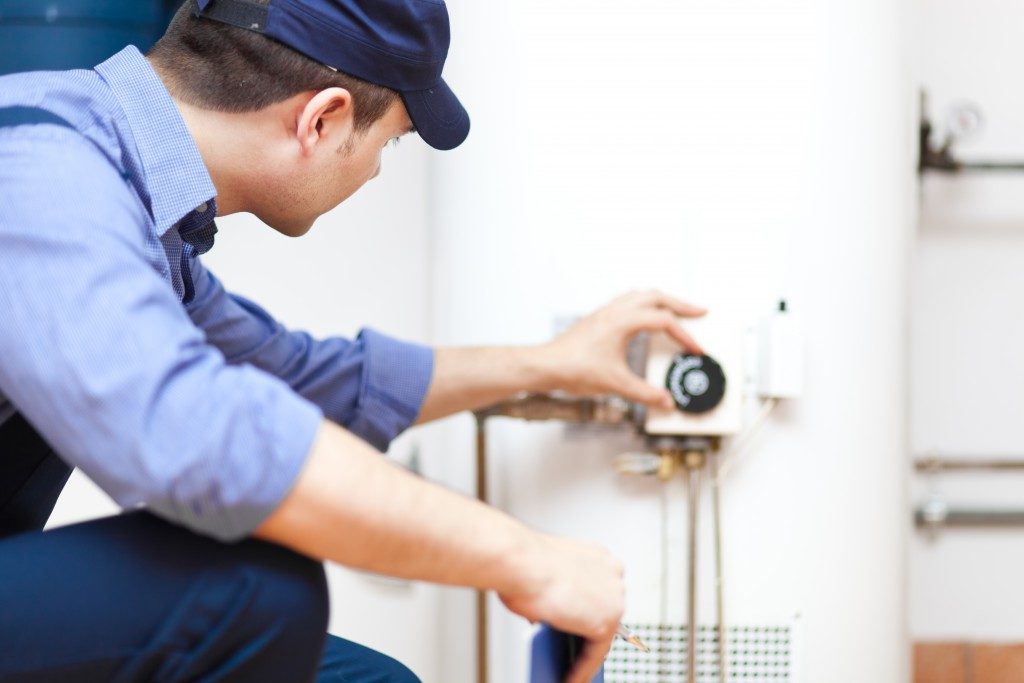The ideal water temperature for your heater is 112 degrees Fahrenheit. Though most heaters can heat water up to 140 degrees, this is not recommended since it can cause scalding and it dries your skin lipid layer; therefore, causing dehydration. Most people set their thermostats to their ideal water temperature but they experience sudden blasts of excessively cold or hot water. This water temperature inconsistency is not only an inconvenience but can also cause serious injuries particularly for children and the elderly.
You cannot afford to wish inconsistent water temperatures away. Contacting a heating repair professional in Draper to troubleshoot the issue and intervene appropriately is your ideal choice.
The following are some of the problems associated with an inconsistent water heater temperature.
Incorrect Water Heater Size
The output of faucets, showerheads, and other water appliances in different properties vary. The wrong size of a water heater tank to support your property’s hot water use can cause you to have an inconsistent water temperature. This is particularly evident if you have multiple high hot water output appliances running concurrently.
High flow showerheads and faucets are the common culprits for the high water output required. It is prudent to work with a plumber when choosing your water heater’s size to ensure that it can sufficiently support the appliances in your property.
Cracked Dip Tubes
Water heaters have a dip tube made of PVC, which runs from their upper water line to a storage tank’s bottom. The tube is designed to prevent the mixing of incoming cold water with outgoing hot water. This tube lasts for at least fifteen years but might break or crack with poor maintenance at any time. This causes the mixing of your hot and cold water and leads to intermittent cold water bouts from your heater. The solution in this instance is often a replacement of your dip tube rather than patching it, unless it is less than five years old.
Faulty Valves

The valves are among your heater’s temperature-regulating devices. As these valves age, they fail to control your heater’s temperature correctly. Older valves in water heaters from the early 21st century also lack the essential features to balance their operation and can become a primary reason for inconsistent water temperatures. Replacement of the valves is the solution in both cases.
Sediment Accumulation
It is common for sediments to accumulate in water heaters, more so in areas with hard water. Considerable sediment accumulation will cover the heating element in your tank and insulate it; therefore, affecting its operation. This will require the flushing of your water heater tank and in extreme cases, extreme scrubbing. Periodic flushing of the water heater will avert the accumulation of sediments.
The above issues seem easy enough to fix, and it is tempting to pick anyone touting as a plumber to handle them. More often than not, these are people with some technical knowledge and plumbing tools. They will only cause extensive breakdown of other elements in your water heater and necessitate expensive repairs. That said, it is essential to hire a professional and licensed plumber to handle the repairs.

